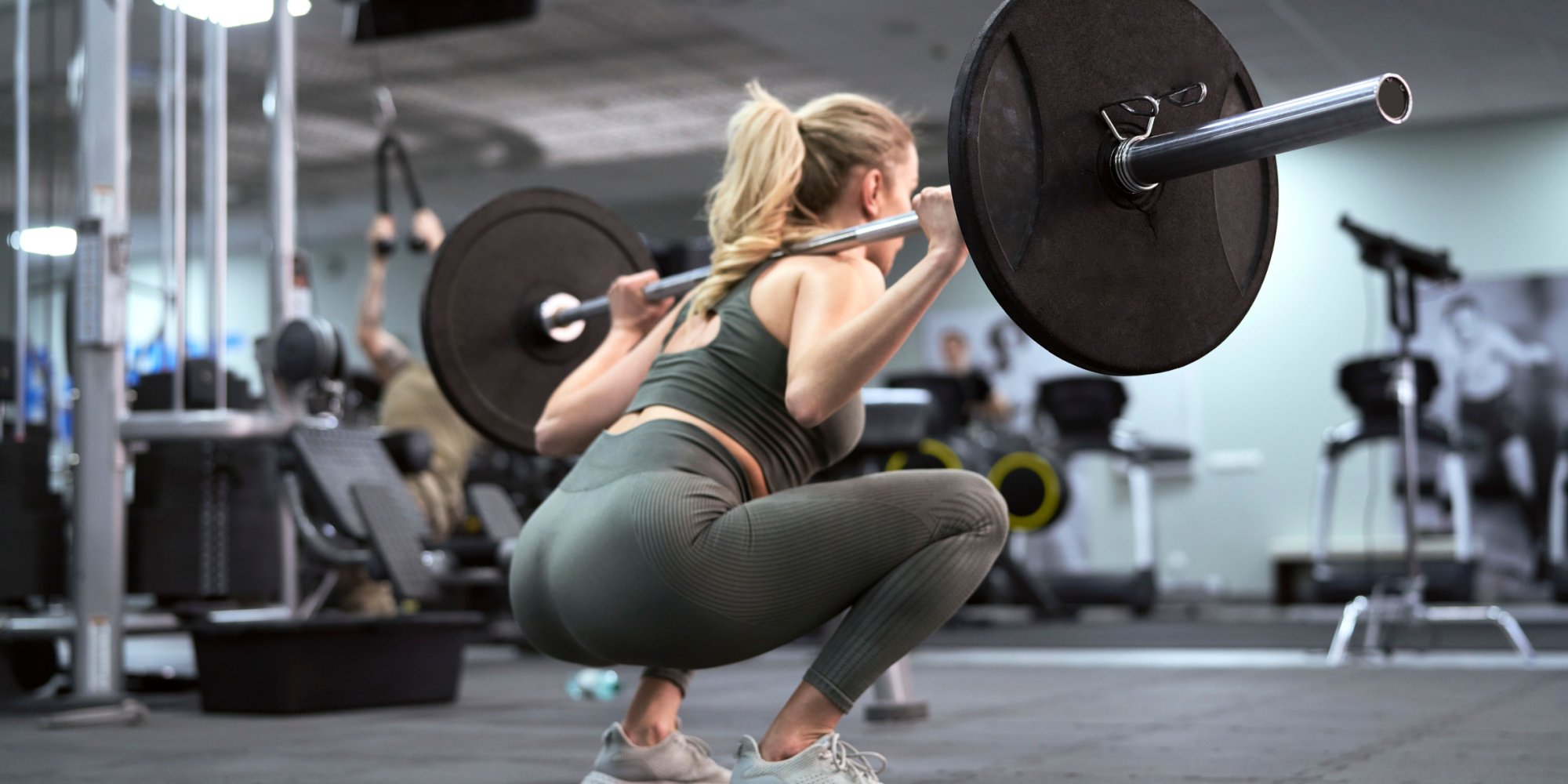Are Squats the Best Exercise for Building a Bigger Butt?
Nov 6, 2023 mindpumpWe are currently in an era where bigger is better–at least when it comes to our glutes! People will go to great lengths to achieve a rounder booty, but in all honesty, the formula to get there is pretty simple.
In the end, it comes down to hard work, consistency, and proper nutrition.
You’re probably rolling your eyes at this point: of course we need to do the hard stuff to get what we want when it comes to our physique. But what about the best exercises? What should we focus on if we want a bigger butt?
Many fitness professionals will claim that squats are the optimal exercise to build a rounder butt. There is definitely some merit to it, but is it the number one exercise to enhance your glutes?
Yes…along with deadlifts, hip thrusts, and lunge variations.
It is really hard to categorize squats as THE number one exercise for your glutes, because there are so many variables to consider.
For instance, I can argue that hip thrusts do more to isolate the glutes than the squats, which can lead to better muscle development. To activate the glutes, we need to move the hips into extension. To visualize this, think of what a glute bridge looks like, and how we move our hips forward as the main movement in the exercise. This is hip extension.
So when we are completing a hip thrust, the glutes are the primary mover, with the hamstrings and core stabilizers activating as well. With a squat, you have more muscles firing throughout the exercise. The quads are being utilized just as much as the glutes, with the hamstrings acting as synergists, or as a supporting muscle group, and the core stabilizing you throughout the movement. The glutes play a major part in the squat, but I wouldn’t say it is the sole, primary mover.
We also need to determine if your glutes are actually activating during a squat. It is very common to see muscle imbalances, especially in people who are either inactive, or neglect certain areas of fitness. They may THINK their glutes are engaged, when in fact supporting muscles are doing more than their fair share to complete the movement. Synergist muscles are meant to activate and play a role in assisting the primary movers, but we can sometimes see these muscles taking over more of the work than they should.
If you do squats pretty regularly, but you don’t seem to see a difference in your glutes, do some activation exercises to wake them up before your workout. Glute bridges, bird dogs, and good mornings are effective exercises at targeting the glutes and prepping them for harder and more demanding exercises like the squat.
Another factor to consider is if the load and volume are high enough to initiate a muscle-building response in the glutes. Building a bigger butt requires enough of a stimulus to create an anabolic response for the muscle to grow; in fact, this goes for ANY muscle. If you can knock out 15 reps without much effort, your resistance is too light. The last 2 to 3 reps should be fairly difficult, but still doable enough to maintain good form.
To grow a bigger butt with squats, you should be incorporating them into your workout at least 2 to 3 days a week, 3 to 9 sets per workout. The range in sets all depends on the frequency of your workouts, and fitness level. If you can only fit squats into your workout once a week, expect to do more sets than someone who can get in 3 days a week of squats. When it comes to the number of reps, staying within an 8 to 12 rep range is recommended. If you have been practicing in this rep range for a while, I’d try a 6 to 8 rep range and increase the resistance, which will make the squat more challenging.
Overall, the squat should absolutely be a go-to exercise if you want a bigger butt. However, as we discussed, it needs to be programmed appropriately, and other movements that also target the glutes shouldn’t be ignored. A combination of squats, lunges, hip thrusts, deadlifts, and good mornings, should all be considered for a rounder, bigger butt.







